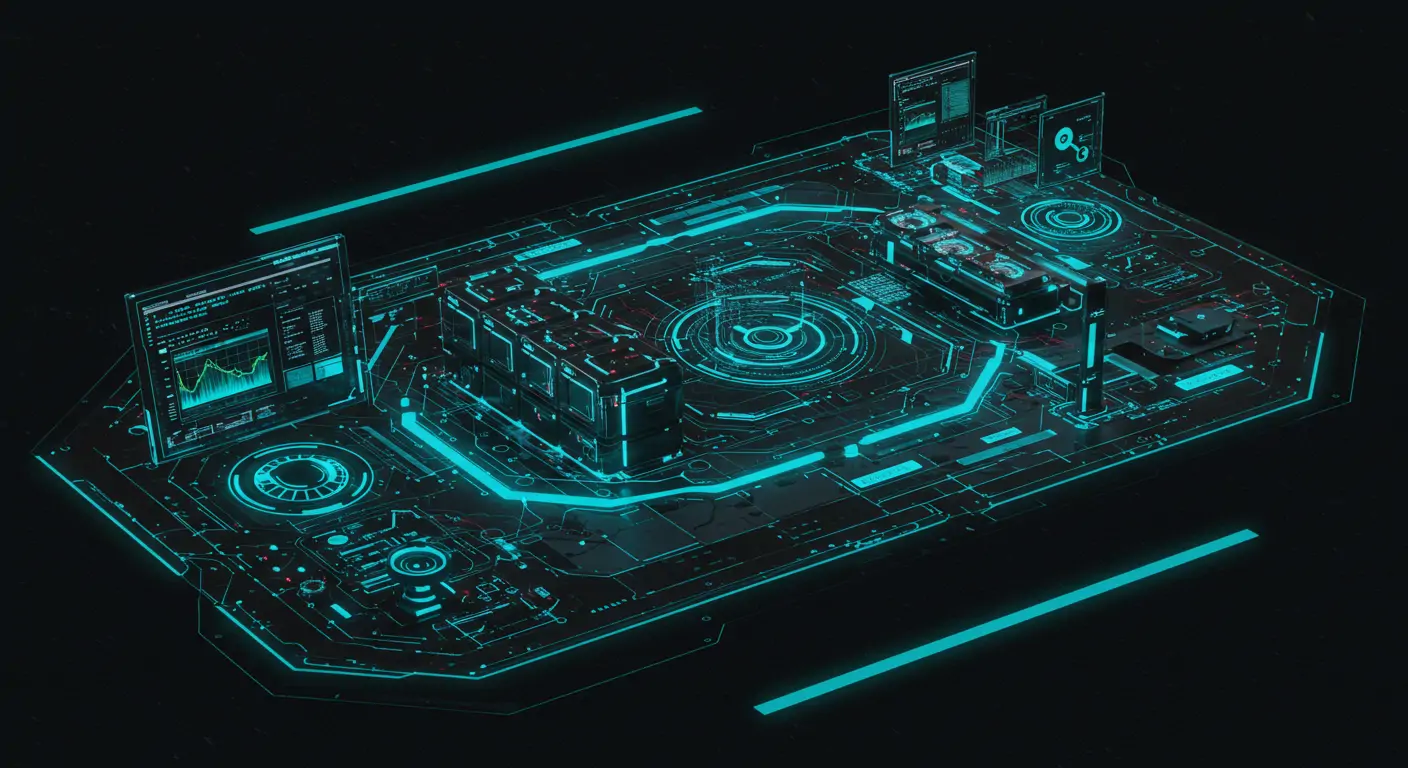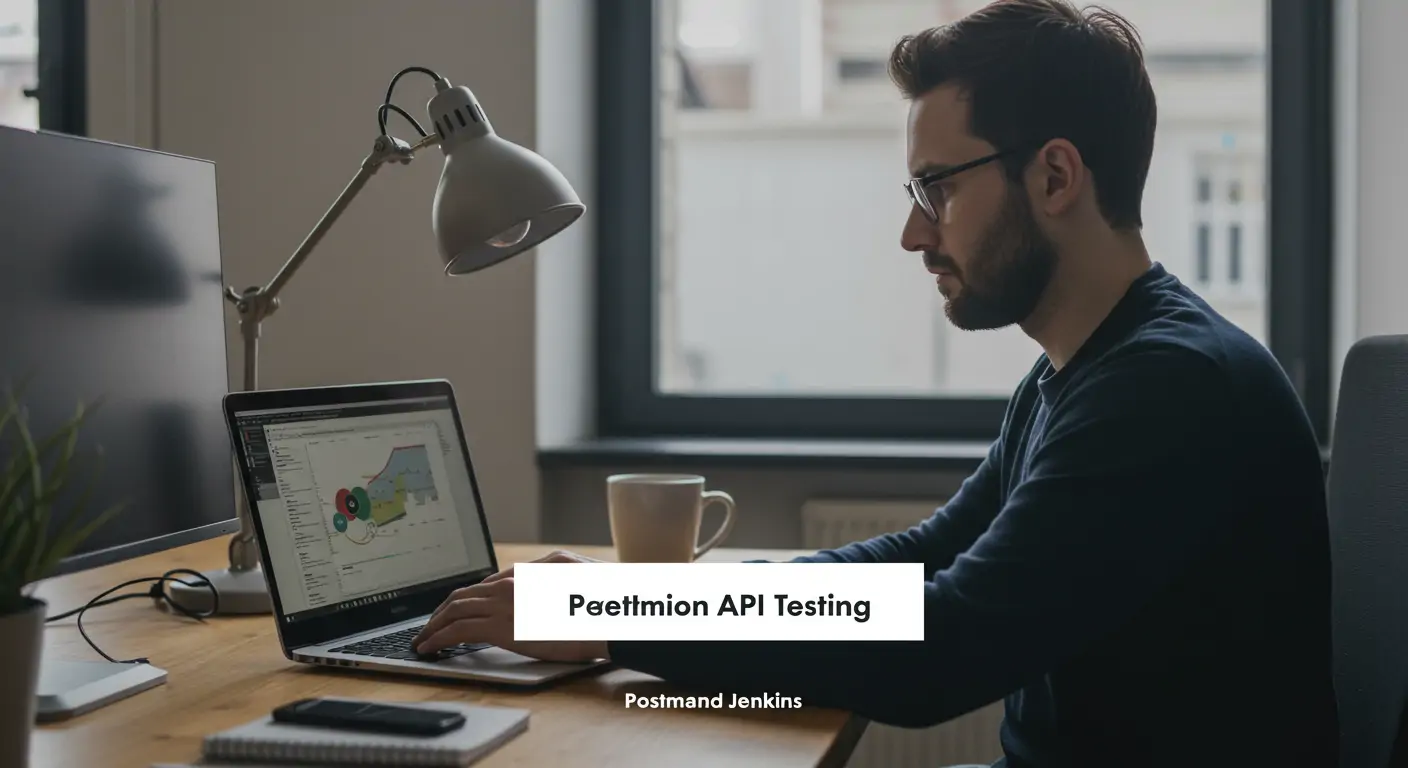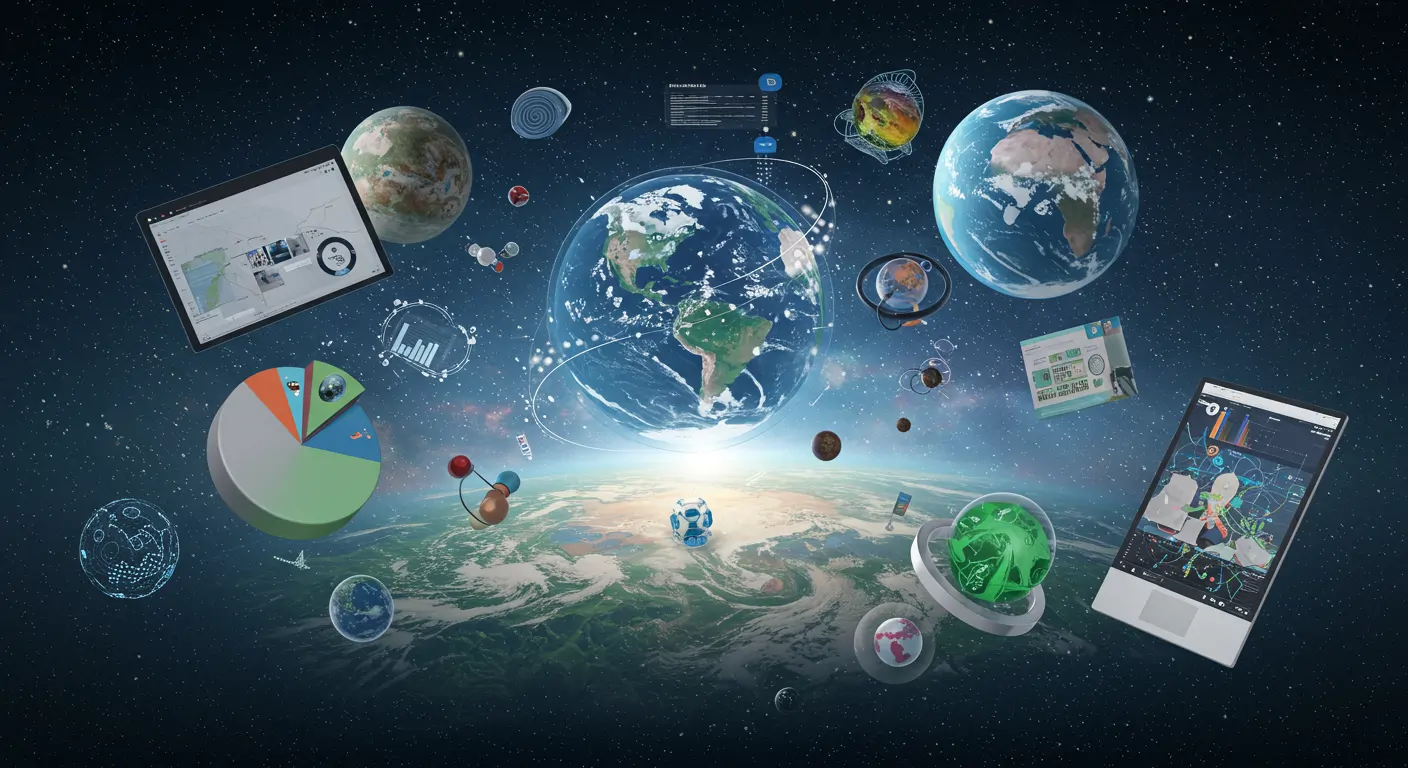What You'll Build
In this comprehensive tutorial, you'll construct an observability-optimized microservices architecture using OpenTelemetry, ready for 2025's production environments. The implementation will feature real-time monitoring, enhanced tracing, and seamless integration with cloud-native tools.
Benefits: Improved system reliability, faster debugging, and proactive incident management.
Time Required: Approximately 4-5 hours for setup and implementation.
Quick Start (TL;DR)
- Install OpenTelemetry SDKs for your language.
- Instrument your services with tracing and logging.
- Deploy a telemetry backend like Jaeger or Prometheus.
- Configure observability for each microservice.
- Monitor and analyze data via dashboards.
Prerequisites & Setup
Ensure you have Node.js (v16+) and Docker installed. Familiarity with microservices architecture and basic Kubernetes knowledge is recommended.
Detailed Step-by-Step Guide
Phase 1: Initial Setup
First, set up a basic Node.js microservice. This will be the foundation for integrating OpenTelemetry.
Phase 2: Instrumentation
Next, configure OpenTelemetry for distributed tracing:
Phase 3: Telemetry Collection
Then, deploy a telemetry backend like Jaeger for trace visualization.
Code Walkthrough
In our implementation, the NodeTracerProvider initializes OpenTelemetry tracing, providing insights into request flows across microservices. Each request is traced, logged, and exported for analysis, allowing us to pinpoint and resolve bottlenecks quickly.
Common Mistakes to Avoid
- Over-instrumentation: Start small; too much data can overwhelm your system.
- Lack of sampling: Implement sampling strategies to manage data volume efficiently.
- Ignoring security: Ensure telemetry data is encrypted and access-controlled.
Performance & Security
Optimize telemetry data collection by batching requests and setting appropriate sampling rates. Secure your telemetry endpoints using TLS and ensure only authorized users can access telemetry dashboards.
Going Further
Explore advanced OpenTelemetry features such as metrics collection and automatic instrumentation libraries for popular frameworks. Consider integrating with cloud-native observability platforms like Grafana or New Relic for extended capabilities.
FAQ
Q: How does OpenTelemetry differ from traditional logging?
A: OpenTelemetry focuses on end-to-end request tracing across distributed systems, enabling visibility into interactions that traditional logging might miss. While logging captures specific application events, tracing provides a holistic view of request paths and latencies. Combining both can provide a robust observability strategy, particularly in microservices where cross-service requests are common. OpenTelemetry's contextual tracing helps identify performance bottlenecks and error sources with greater accuracy.
Q: What are the best practices for telemetry data storage?
A: Store telemetry data efficiently using dedicated observability backends like Jaeger or Prometheus. Implement retention policies to manage data growth and control costs, typically keeping detailed traces for short periods (e.g., 7 days) while aggregating long-term trends. Compress and index data to enhance query performance. Consider tiering storage, with recent data on faster media and older data on slower, more cost-effective storage. Ensure regular audits to optimize data structure and storage configurations.
Q: Is OpenTelemetry suitable for all programming languages?
A: OpenTelemetry supports a wide range of languages, including Java, Python, JavaScript, C#, and more. It's designed to be a universal observability framework, providing consistent APIs and SDKs across different ecosystems. While core languages receive the most active development and support, community contributions often extend functionality to additional languages and platforms. Prioritize official SDKs for primary support and community-led extensions for niche needs.
Conclusion & Next Steps
In this tutorial, you've learned how to enhance your microservices' observability using OpenTelemetry, a cutting-edge tool for 2025. You built a robust foundation for monitoring and debugging distributed systems, increasing reliability and performance.
Next, explore integrating metrics into your OpenTelemetry setup, experiment with different visualization tools, and consider automated anomaly detection features to further elevate your observability strategy.




